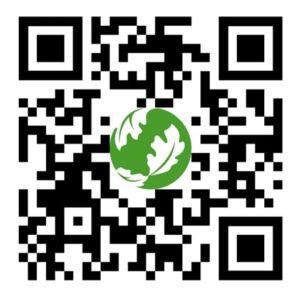During a tour of this project, we learnt the following ‘basics’ from The Nature Conservancy (TNC) team:
- The project aim is to restore the critically endangered rock oyster ecosystem in the Noosa River estuary through the development of rocky reef patches. Oysters are Eco System Engineers as they do several vital roles within our river systems, including filtering up to 190 litres of water a day!
- There are 4 sites (Tewantin, Goat Island, and Lower Weyba Creek East and West) with approximately 32 reef patches. Construction of these should be completed by the end of September, weather and conditions permitting.
- The reefs work around existing vegetation, including not placing any near fallen trees or areas of seagrass. The intermittent placement of reef patches is to allow for maximum ‘edge effect’ – the oysters’ happiest place.
- The yellow navigational aids at each reef corner have a QR code which takes you to the project webpage.
- Adult oysters will be collected from Noosa River to be spawned onto empty shells previously collected from local restaurants, and then the live juvenile oysters will be returned to Noosa River and placed on the reefs.
- During this process, 14 tonnes of locally eaten oyster shells have been saved from landfill and utilised within the project.
- This project leads the way to enable other communities across QLD to seek river regeneration to improve local ecosystems.
- Kabi Kabi have been consulted extensively and look forward to seeing these sites restored as they have a long cultural connection with oysters in the Noosa River.
For more information and resources on this project including FAQs, updates and reports head to https://www.natureaustralia.org.au/noosa or scan the QR code below

